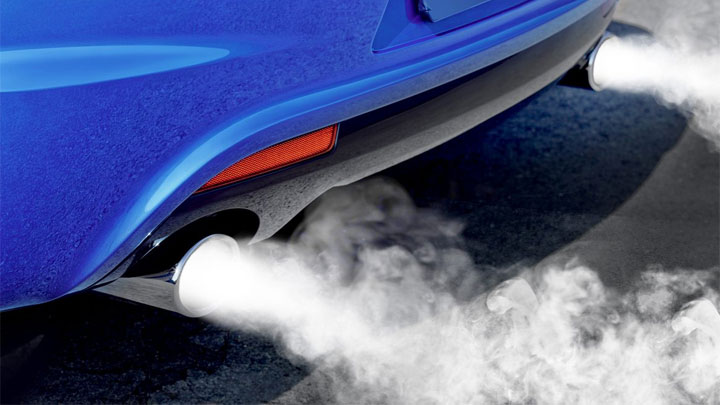Exhaust smoke: colors and what they mean
Decode light white mist, blue, black and grey smoke — causes, risks and what to do before diagnostics. Practical checklist from Mario Garage

Exhaust smoke is your engine’s fast SOS
Its color, density and smell point directly to the system in trouble
Below is a clean decoder of smoke colors and a step-by-step plan to avoid a costly repair
Main types of smoke and what they indicate
1. Light white mist on cold start
Condensation evaporating from the exhaust system
Normal in cool and humid weather
2. Thick white smoke with a sweet smell
Coolant is entering the cylinders
Check coolant level immediately and avoid overheating the engine
3. Blue or bluish smoke
Burning engine oil
Likely causes valve-stem seals piston rings turbocharger crankcase ventilation
4. Black smoke
Over-rich mixture fuel not fully burned
Check injectors air filter MAF boost control EGR system
5. Grey smoke with a raw-fuel smell
Injector over-fueling or a failing catalyst
Measure fuel trims and inspect the exhaust system
6. White-grey haze from a hot engine
Condensation should be gone by now
Suspect coolant ingress head-gasket leak or micro-cracks in the head
7. Smoke when you lift off after revving
Often valve-stem seals
Oil is drawn in under high manifold vacuum
8. Smoke under boost during acceleration
Suspect turbo or oil drainage issues
Oil traces in the intake and intercooler and rising oil consumption
9. Smoke tied to one cylinder
Uneven compression or one injector at fault
Endoscope inspection and cylinder cut-off tests help pinpoint it
10. Exhaust smell in the cabin with no visible smoke
Leaking exhaust joint or split flex pipe
Health risk — check immediately
Why exhaust smoke is risky
Overheating and blown head gasket
Oil dilution by fuel and loss of lubrication
Catalyst and oxygen-sensor damage
Fire hazard when oil or fuel is leaking
What to do right now — quick plan
Record a short video of the smoke cold and hot
Check engine oil and coolant levels first thing in the morning when cold
Look for oil in the intake and on intercooler couplers
Inspect the exhaust from below for soot marks and wet joints
Avoid heavy load keep revs moderate until diagnosis
How we diagnose at Mario Garage
Live scan of fault codes and fuel trims while driving
Smoke test of the exhaust and pressure test of the cooling system
Compression and cylinder leak-down tests plus endoscope if needed
Turbo inspection for play leaks and in-boost pressure under load
Injector performance and balance testing with leak checks
Catalyst condition via back-pressure and temperature readings
FAQ
The smoke disappears once the engine warms up — is that normal
thin white mist from condensation yes
thick white with a sweet smell no that’s coolant in the chamber
Does blue smoke always mean an engine rebuild
not always new valve-stem seals or turbo repair can solve it
Is black smoke on a diesel normal
a slight puff under hard load can be acceptable dense black is not check intake and injectors
What’s the single most telling test
a combination fuel-trim analysis cooling-system leak test compression and endoscopy gives the real picture
Why did smoke appear right after an oil change
wrong viscosity overfilled level clogged crankcase ventilation or ring wear that showed up by coincidence
Why drivers choose Mario Garage
Diagnosis based on real data and targeted tests not guesswork
Deep experience with BMW Mercedes-Benz Audi Volkswagen and their typical faults
Located in Cagnes-sur-Mer near Nice and Antibes with fast drop-in reception
Transparent recommendations a step-by-step repair plan and post-repair check
Conclusion
Color and smell of exhaust smoke are an error code you can read in minutes
Don’t delay diagnostics — stopping it early prevents major repairs
At Mario Garage (Cagnes-sur-Mer, Nice, Antibes) we find the root cause quickly and give you a safe, practical plan so you get back on the road with confidence



